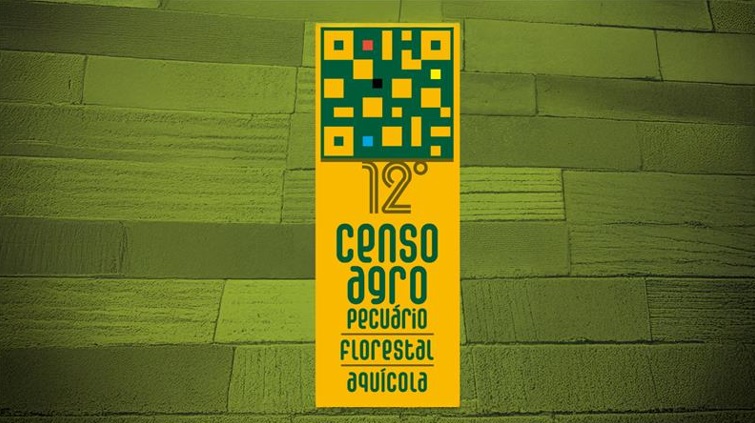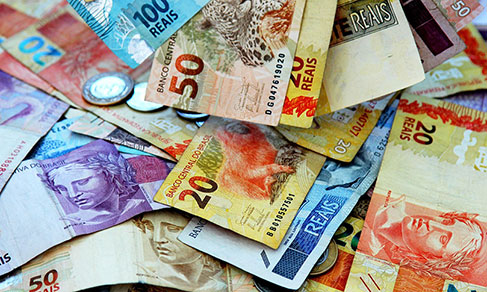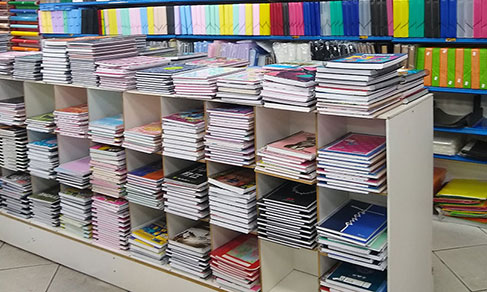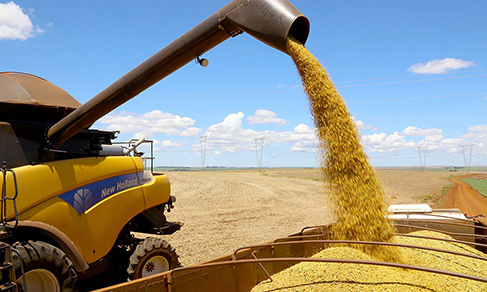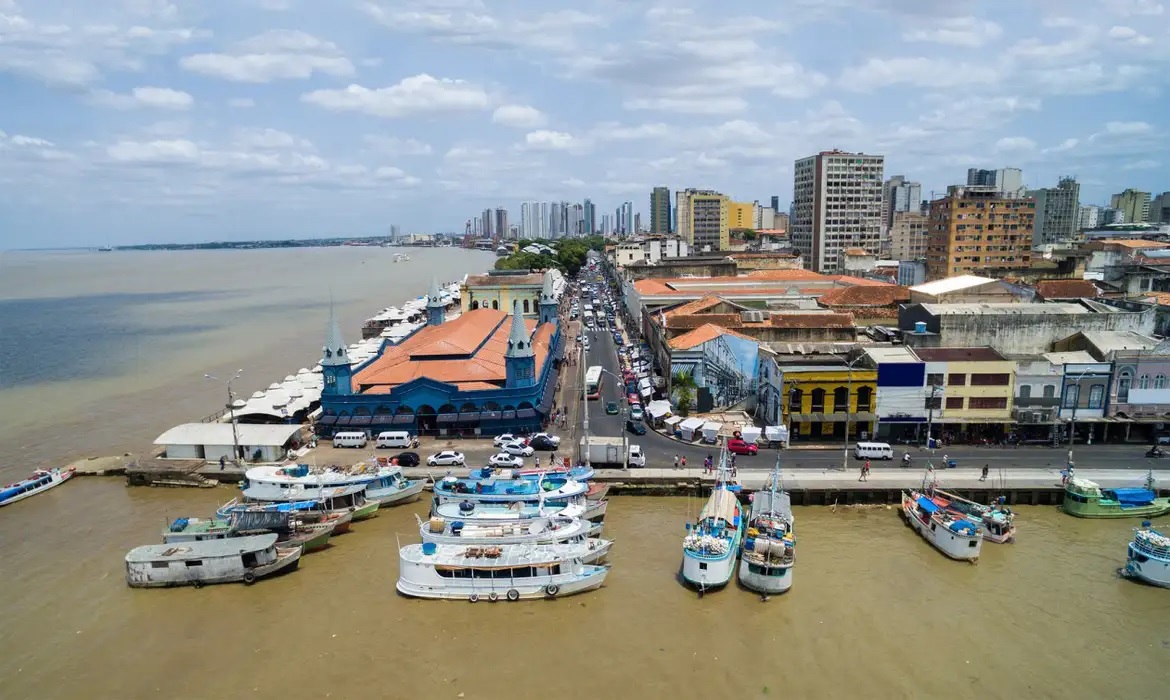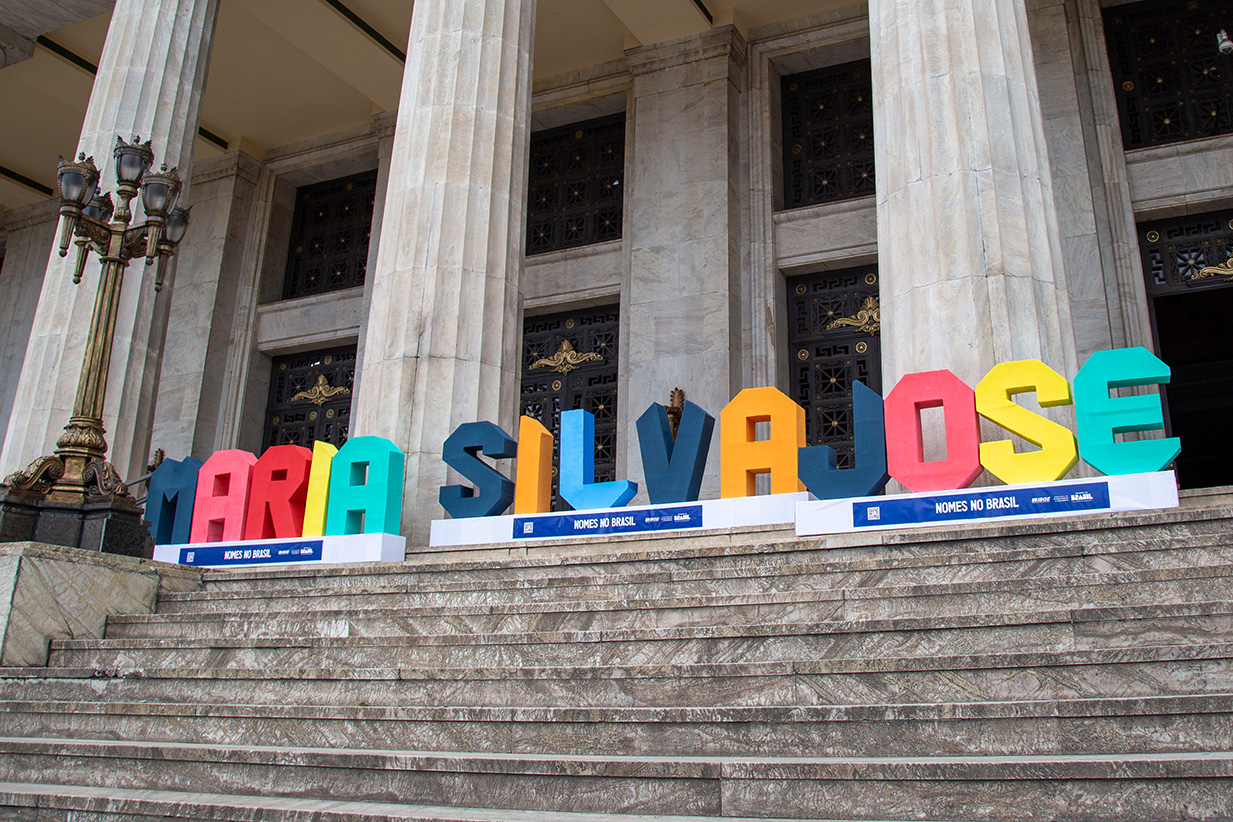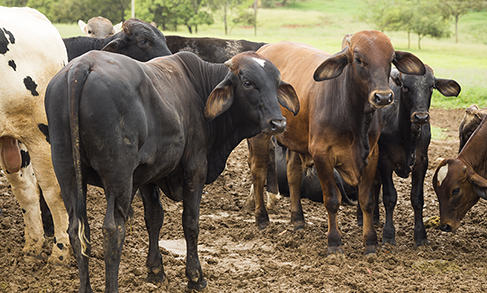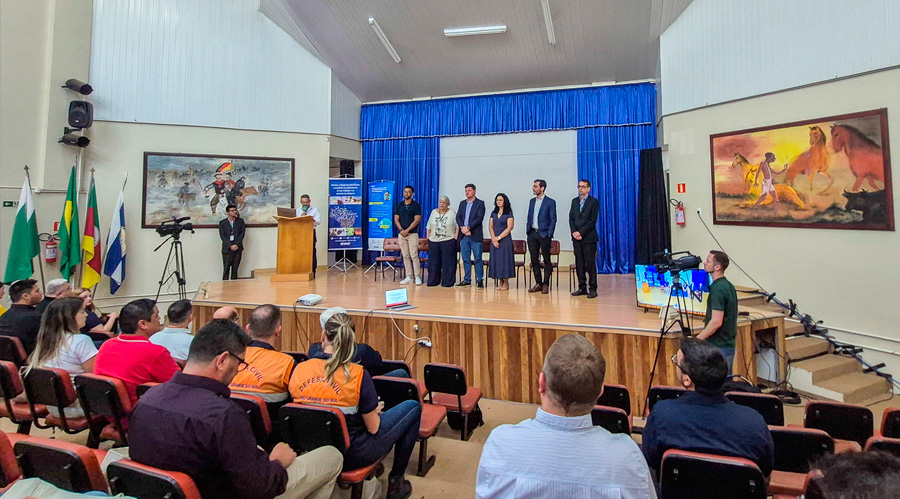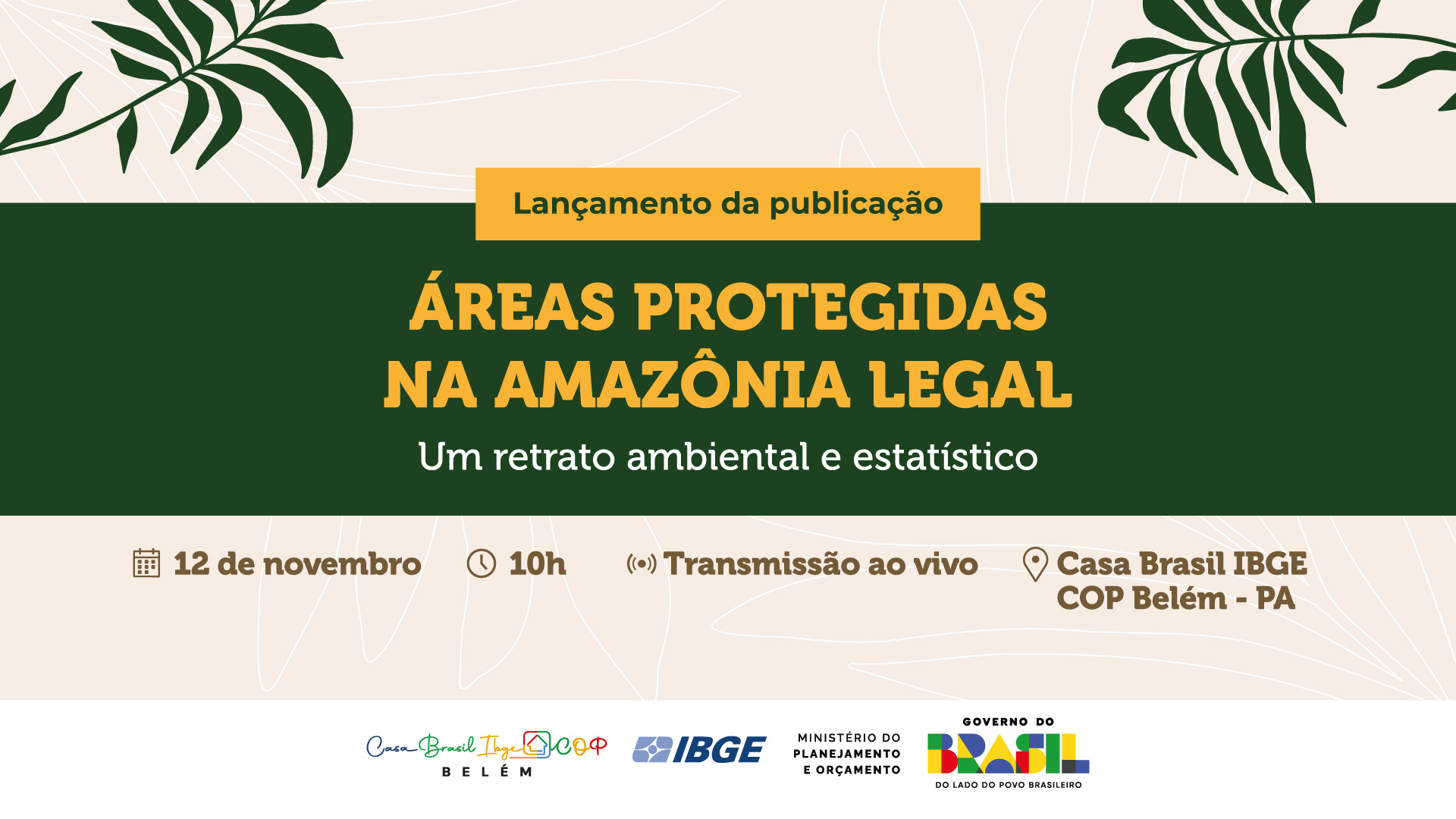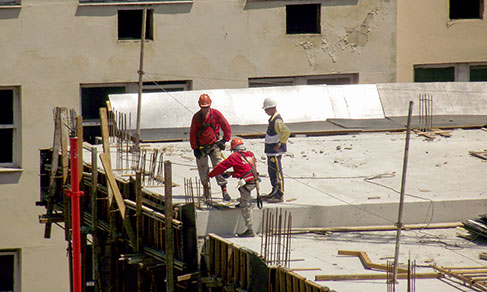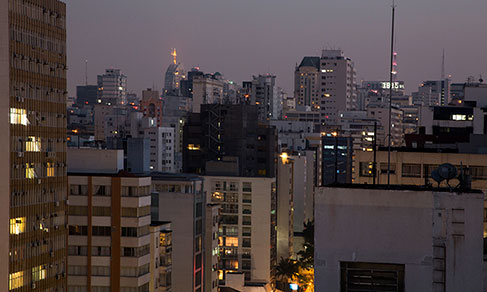REGIONALPIMPF
Industrial production declines in seven of the 15 locations surveyed in February
April 08, 2025 09h00 AM | Last Updated: April 08, 2025 03h58 PM
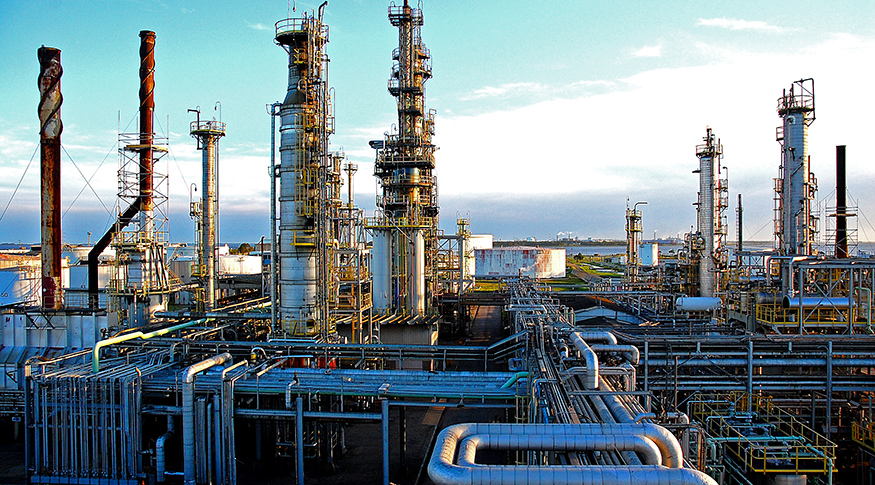
Seven of the 15 areas surveyed by the Monthly Survey of Industry (PIM) - Regional Dissemination fell between January and February, when the country's industrial production changed by -0.1%. The largest drops were recorded in Bahia (-2.6%), Ceará (-1.0%) and São Paulo (-0.8%), while Pernambuco (6.5%) recorded the most intense increase. Compared to February of last year, the 1.5% increase was seen in 5 of the 18 areas surveyed. In the cumulative index in 12 months, the 2.6% increase in the industrial sector was seen in 15 of the 18 areas, although with less dynamism. The data was released today (08) by the IBGE.
“From January to February, the national industry reached its fifth consecutive month without growth, with a loss of 1.3% since October 2024. The last time this happened was between February and July 2015, when the cumulative loss was 6.7%. In general, there is a loss of intensity in industrial production, influenced by a contractionary monetary policy, with rise in interest rates, wto combat inflation. This usually ends up narrowing credit lines, reducing investments and causing decision-making in production to be more cautious. From the demand perspective, this scenario also negatively impacts household consumption”, contextualizes survey analyst Bernardo Almeida.
The industrial sector of Bahia, with a drop of 2.6%, stood out among the five areas that showed declines from January to February. It was the lowest rate in absolute terms and the second most influential negative result in the month.
“The industry in Bahia is showing this decline after four months of positive results, when it accumulated a gain of 5.7%. In February, we observed a greater influence from the sectors of petroleum derivatives and pulp, paper and paper products. The 2.6% drop, after four months of growth, is a way of strategically adjusting supply and demand within production and local specificities, and, in a way, it was expected”, explains the analyst.
In the same sense, Ceará (-1.0%) and São Paulo (-0.8%) recorded the other sharpest drops between January and February, with the state of São Paulo having exerted the greatest negative influence in the month.
“The decline in São Paulo comes after a 1.8% increase observed in January 2025. In February, the main influences came from petroleum derivatives, chemical products, beverages and pulp, paper and paper products sectors. What we can see is that the São Paulo industry has shown a very fluctuating behavior when we look at the last few months, demonstrating a loss of pace and intensity in production, as has the industry as a whole, despite having made progress in the period”, assesses Mr. Almeida.
The analyst also highlights that, with the February result, São Paulo is 0.4% below its pre-pandemic level, set in February 2020, and 22.0% below its highest level, reached in March 2011.
On the other hand, Pernambuco (6.5%) recorded the sharpest expansion in February, eliminating part of the 25.1% drop seen in January.
“The decline in Pernambuco’s industry in January represented the largest decline in the entire time series for this type of comparison. In February, the sector that most drove this positive behavior was that of electrical machinery, equipment and materials, a sector that is very active in the local industry. The movement observed in February is somewhat compensatory in relation to January, eliminating part of the loss, and represents the most intense increase for Pernambuco’s industry since December 2023, when it had advanced 10.1%”, recalls the PIM analyst.
Paraná (2.0%) was the second most intense increase in absolute terms and exerted the main positive influence on the general index in February.
Industry advances in 5 of the 18 areas surveyed compared to February 2024
The country's industrial production grew 1.5% compared to February last year, with positive results in 5 of the 18 areas surveyed by Regional PIM, with February 2025 having one more business day (20) than the same month in 2024 (19). Santa Catarina (6.0%), Paraná (5.5%) and Pará (5.1%) recorded the most significant advances in this comparison.
In Santa Catarina, the increase was mainly driven by the positive behavior observed in the sectors of machinery and equipment, non-metallic mineral products, metal products, wearing apparel and accessories, and electrical machinery, equipment and materials.
In the case of Paraná, the result was influenced by increases in motor vehicles, trailers and bodies, coke, petroleum products and biofuels, chemical products and machinery and equipment.
In Pará, the influence came from mining and quarrying industries. Mato Grosso (1.2%) and São Paulo (1.2%) completed the set of areas with expansion in production in the monthly index for February 2025.
On the other hand, double-digit and higher declines were observed in Rio Grande do Norte (-24.5%), largely driven by activities involving coke, petroleum products and biofuels; in Pernambuco (-21.3%), influenced by activities involving coke, petroleum products and biofuels; and in Espírito Santo (-11.6%), influenced by mining and quarrying industries.
The Northeast Region (-4.7%), Maranhão (-4.0%), Rio de Janeiro (-3.3%), Amazonas (-2.9%), Mato Grosso do Sul (-2.9%), Bahia (-1.5%), Rio Grande do Sul (-1.2%), Minas Gerais (-0.7%), Ceará (-0.2%) and Goiás (-0.1%) also showed negative results in the monthly index for February 2025.
Fifteen of the 18 areas surveyed showed positive rates in the last 12 months
The cumulative rate in the last twelve months, increasing 2.6% in February 2025, continued to show growth, but reduced the intensity compared to previous months. Fifteen of the 18 areas surveyed recorded positive rates in February 2025, but fifteen showed less dynamism compared to the January indices. Rio Grande do Norte (from 3.4% to -1.1%), Pernambuco (from 2.9% to 0.8%), Espírito Santo (from -2.5% to -4.2%), Amazonas (from 2.6% to 0.9%), Rio Grande do Sul (from 1.6% to 0.3%), Ceará (from 6.5% to 5.4%), Rio de Janeiro (from -0.6% to -1.5%), Goiás (from 1.8% to 1.0%) and Mato Grosso do Sul (from 2.7% to 1.9%) recorded the main losses between January and February 2025, while Pará (from 5.4% to 5.7%) and Paraná (from 3.9% to 4.1%) showed the gains between the two periods.
More about the survey
Since the 1970s, Regional PIM has been producing short-term indicators on the behavior of the real output of the mining and quarrying and manufacturing industries. It provides monthly indexes for 17 Federation Units whose share is at least 0.5% of the total value of national industrial transformation and for the Northeast as a whole: Amazonas, Pará, Maranhão, Ceará, Rio Grande do Norte, Pernambuco, Bahia, Minas Gerais, Espírito Santo, Rio de Janeiro, São Paulo, Paraná, Santa Catarina, Rio Grande do Sul, Mato Grosso, Goiás and the Northeast Region.
The results of the survey can also be consulted on Sidra, the IBGE database. The next release of Regional PIM, for March 2025, will be on May 14.


